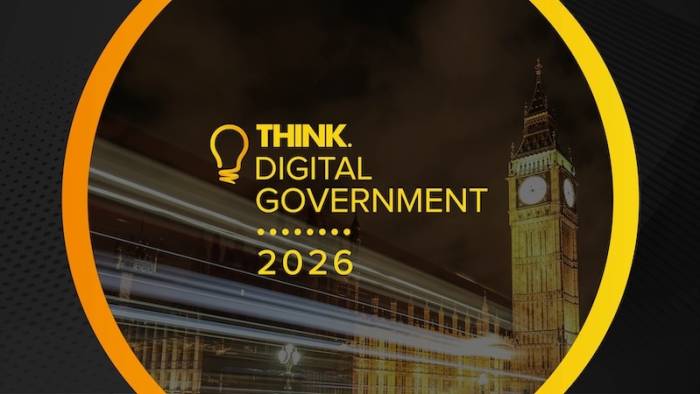Successful digital transformation isn’t something that can be achieved overnight, with the majority – a staggering 70 percent according to the consultancy Deloitte – requiring many modifications to reach the desired end result.

In modern organisations, digitalisation is viewed as a key enabler of success, so effective transformations can be critical to the future of the public sector organisations that rely on delivering services in a technology-focused society. But what makes a successful digital transformation? With the support of the entire organisation and aligning goals with an overall culture, those who contribute to breaking down the silos that hinders progress and sharing accountability for transformation efforts are the ones who will be successful. Without collaboration, financial investments and new technologies can only do so much in their bid to effect change.
The challenge for the public sector today
Recent economic times have seen organisations failing to optimise returns on cloud investment, or worse missing opportunities to become more efficient through digital transformation and the successful leveraging of new technologies. In each of these scenarios, those entities risk falling behind.
The pandemic was a major turning point for digital change across sectors. In the public sector specifically, key services were delivered virtually, from GP appointments to the virtual provision of education; the change from physical to virtual happened almost overnight. It accelerated digital transformation efforts and, in many cases, brought them forward by several years. The downside to this has been ensuring the success of new technologies and integrating them within organisations in such a short time period and at a rapid speed and scale.
Furthermore, the public sector is under pressure from its key stakeholders as citizens are now well accustomed to digital services from the private sector and as such can come to expect a certain level of delivery and user experience, a challenge with tighter public sector budgets and limited resources.
Why get an entire organisation on board?
The greatest assets of every organisation are its workforce and getting everyone invested in the future couldn’t be more important for the success of digital transformation. An absence of cultural transformation and a lack of agility in organisations can be a hindrance to change, so CIOs and CTOs need to help those involved in more operational and business functions to understand how technology can help them. IT leaders need the backing of their teams so that ownership of transformations can be shared with those across functions in order for the benefits to be felt organisation-wide.
If you liked this content…
IT leaders and teams often face multiple competing priorities, from infrastructure operations to legacy systems to ensuring reliability and the security of data. Digital transformations have to be balanced against day-to-day priorities, so those in IT need to be supported by those in other organisational functions. In public sector organisations, many leaders are focused on the delivery of critical public sector services such as healthcare, meaning operating models will be geared towards this and can be a place where silos might exist and need further exploration. This adds to the challenge of ensuring digital transformations a success, making collaboration between functions all the more important.
Building better alignment
For organisations to achieve successful digital transformations, disconnects between various operations need to be remedied. It all starts with aligning goals, from an organisation’s culture to clear communication and then monitoring returns on investment.
It’s especially crucial with budget pressures and wider economic uncertainty that returns on investment can be demonstrated in a tangible and impactful way. Digitalisation is a priority for public sector organisations but the cost of transformations can be high, so it’s important for the returns to be seen and actioned efficiently.
There needs to be clear top-down communication from the leaders of public sector organisations on why change needs to happen, along with sharing a coherent strategy and long-term objectives. Furthermore, having a clear timeline in place will ensure a much better synergy between the leading management functions and the IT team.
Getting an entire public sector organisation on board with digital transformation efforts is no longer a nice to have but a necessity, with IT leaders relying on the support of others within their respective organisations. It’s only through cultural change that transformations go from good to great and make a true difference, meaning collaboration and transparency really is the key to how the industry moves forward.











